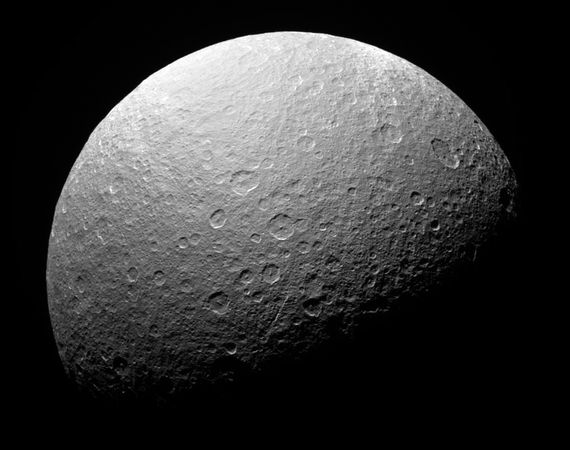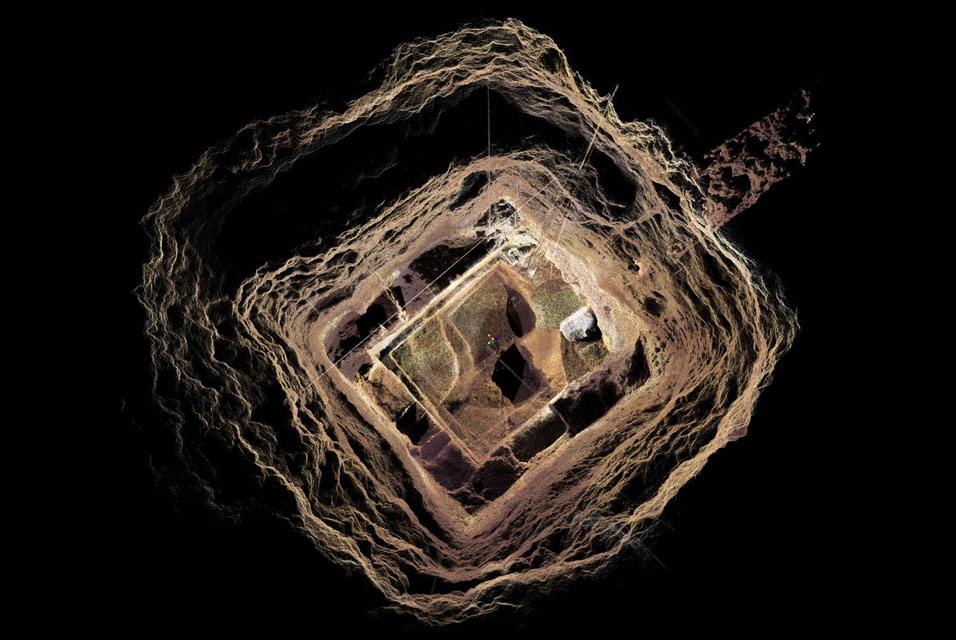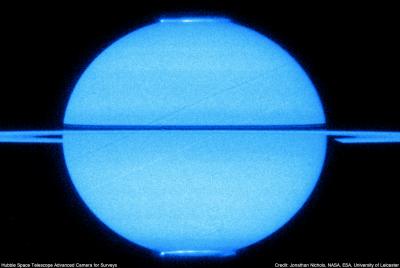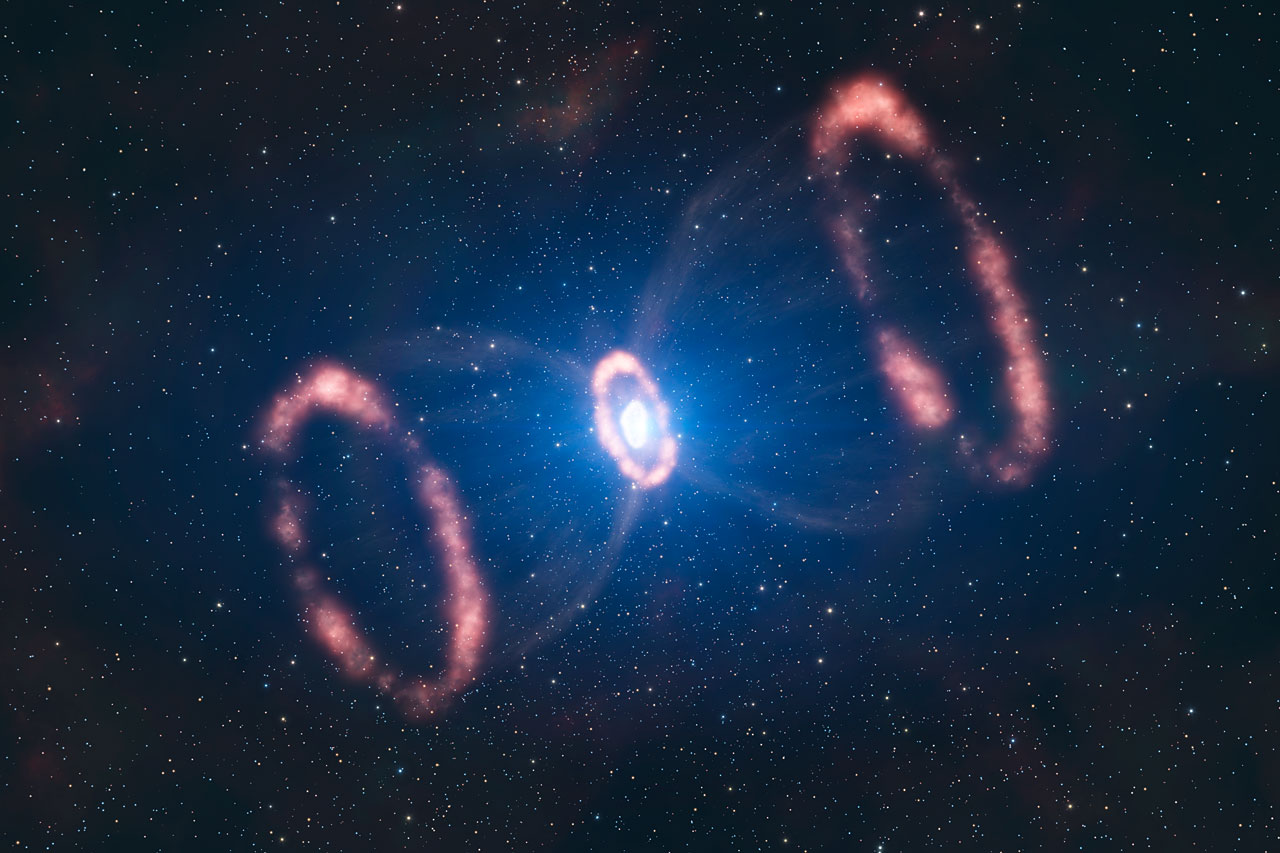
© NASASaturn's moon Rhea (file image).
Until this week Saturn's small moon Rhea was the only known solid space object thought to have a ring. (Other known ringed bodies, such as Saturn, are mainly gaseous.)
But a new study of optical images has failed to detect any signs of structures encircling the natural satellite.
Rhea orbits within Saturn's magnetic field, which creates a bubble of charged particles - ions and electrons - around the planet. During a 2005 flyby of Rhea, scientists working with NASA's Cassini spacecraft expected to see a dip in their readings where the moon's surface intercepted the particles.
The craft's readings did show the moon's wake, but they also revealed several unexpected dips in particle detections just outside the moon's diameter.
The best possible explanation seemed to be that something physical - a ring of debris around Rhea - was blocking the ions and electrons from reaching Cassini.
However, analysis of images taken by Cassini between 2008 and 2009 failed to turn up any evidence for rings around the Saturn moon.
"We're pretty confident that there is no solid material orbiting the moon," said astronomer Matthew Tiscareno of Cornell University in New York.











